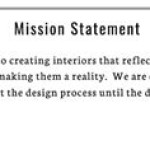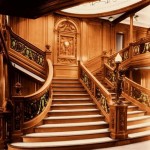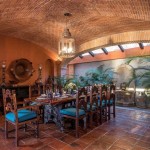Art Deco Interior Design: A Glimpse into the Glamour and Elegance of the Roaring Twenties
Art Deco, a captivating style that emerged during the 1920s and reigned supreme into the 1930s, continues to inspire and captivate interior designers to this day. Its unique blend of opulent elegance, geometric patterns, and luxurious materials transports us back to an era of glamour, sophistication, and innovation.
Origins and Influences
Art Deco originated as a fusion of various artistic movements, including Art Nouveau, Cubism, and Egyptian Revival. The style was heavily influenced by technological advancements, particularly the rise of skyscrapers and the machine age. Art Deco interiors aimed to reflect the optimism and prosperity of the period, celebrating modernity and urban living.
Key Characteristics
Art Deco interiors are characterized by their bold lines, sharp angles, and geometric shapes. Zigzags, chevrons, and sunbursts are commonly found in furniture, textiles, and decorative elements. These geometric patterns create a sense of movement and dynamism, capturing the energy of the time.
Materials used in Art Deco interiors are often luxurious and opulent. Ebony, rosewood, and other exotic woods add warmth and sophistication. Metals, such as brass and chrome, accentuate the geometric forms and bring a touch of glamour. Glass and mirrors were also popular, reflecting light and creating an illusion of space.
Furniture and Decor
Art Deco furniture is typically streamlined and functional, exuding both elegance and comfort. Curved lines and geometric shapes are often combined in sofas, chairs, and tables. Upholstery fabrics feature rich colors, such as deep blues, emerald greens, and golden yellows. Velvet, silk, and leather are common materials.
Decorative elements play a significant role in Art Deco interiors. Art Deco lamps, with their stylized geometric shades, provide ambient lighting. Mirrors, often framed in intricate metalwork, reflect light and add a touch of drama. Sculptures and vases inspired by Cubist and Egyptian aesthetics add artistic interest.
Legacy and Influence
Art Deco's popularity waned with the onset of World War II, but its influence continues to be felt in contemporary design. The geometric patterns, bold colors, and luxurious materials of Art Deco have become timeless elements of style. Modern interpretations of Art Deco incorporate fresh colors and materials, but retain the essence of the original movement.
Art Deco interiors evoke a sense of glamour, sophistication, and optimism. They transport us back to an era of elegance and technological advancement. Whether in modern interpretations or historic restorations, Art Deco continues to captivate and inspire with its enduring allure.

Art Deco Interior Design Style

Art Deco Design Movement And Beautiful Interiors
An Introduction To Art Deco Artsper

Art Deco Interior Design Style

Art Deco A Summary Of The Era
Art Deco Interior Design Style

Art Deco Style The Glamour Of A New Century Styylish

From Art Nouveau To The Bauhaus How Home Interiors Looked In Popular Movements Archdaily

Art Deco Furniture A Complete Guide To The History Sourcing And
Art Deco Interior Design Style








